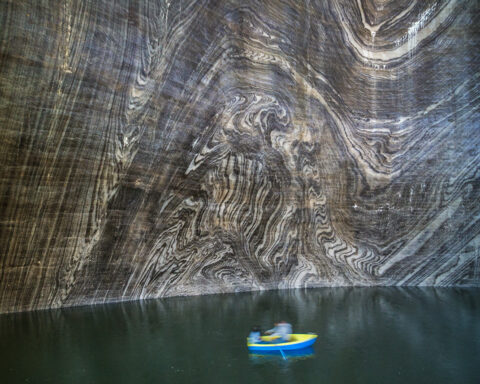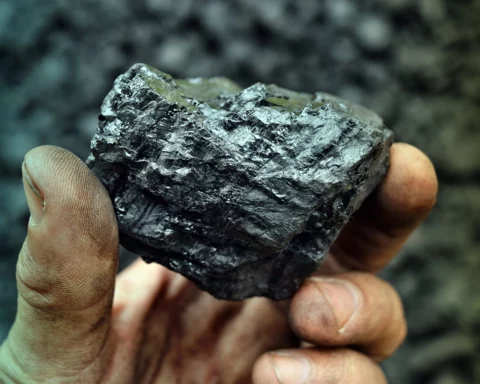A vital part of Romanian-Polish trade depends on the automotive industry. Consequently, the automotive industry's evolution and how the two countries adapt to industry transformation will significantly influence the future trade structure of goods between the two countries.
Even today, some would argue that the motivation behind the Roman conquest of Dacia (present-day Romania) was Dacian gold. In reality, the economic goal was salt, Dacia having one of the most bountiful salt resources in the known world. Dacian gold was just a bonus.
The main engine for the Central Eastern European (CEE) economies is foreign investment, attracted by cheap labor. Are rising wages leading to a loss of competitiveness, and, if so, how should the economic development model adapt to this new reality?
The countries of Central and Eastern Europe are the most dependent on coal-fired energy production among the countries of the European Union. How can this weakness be turned into an opportunity?





